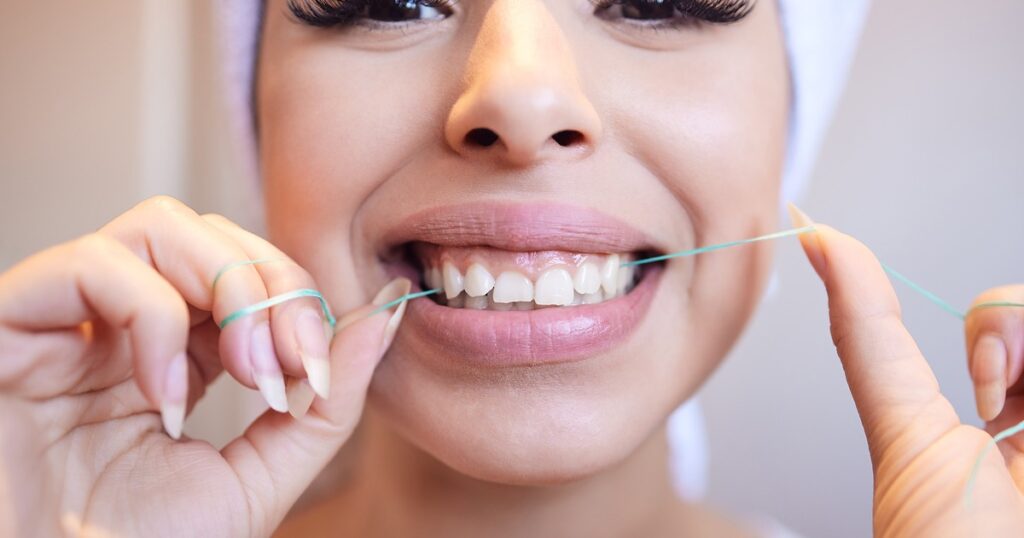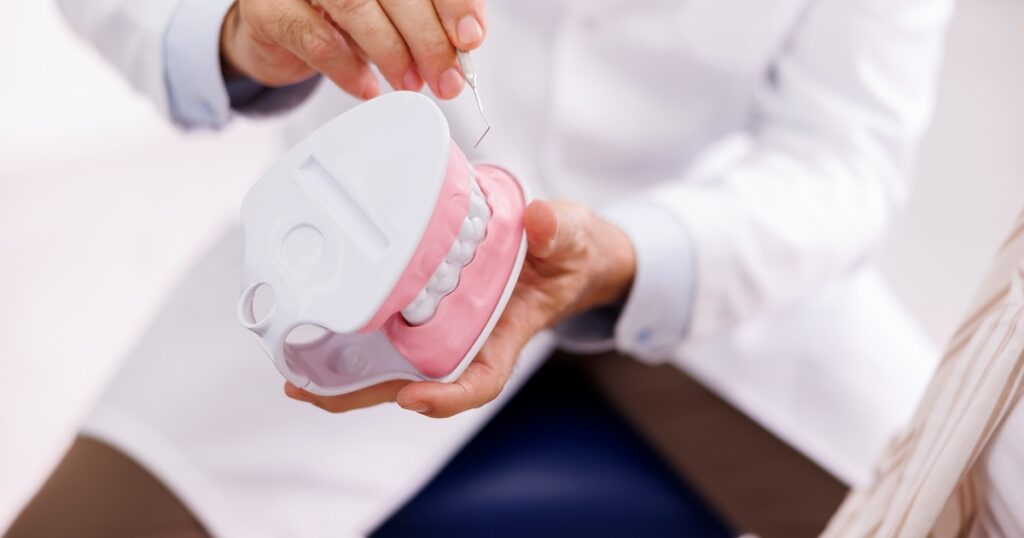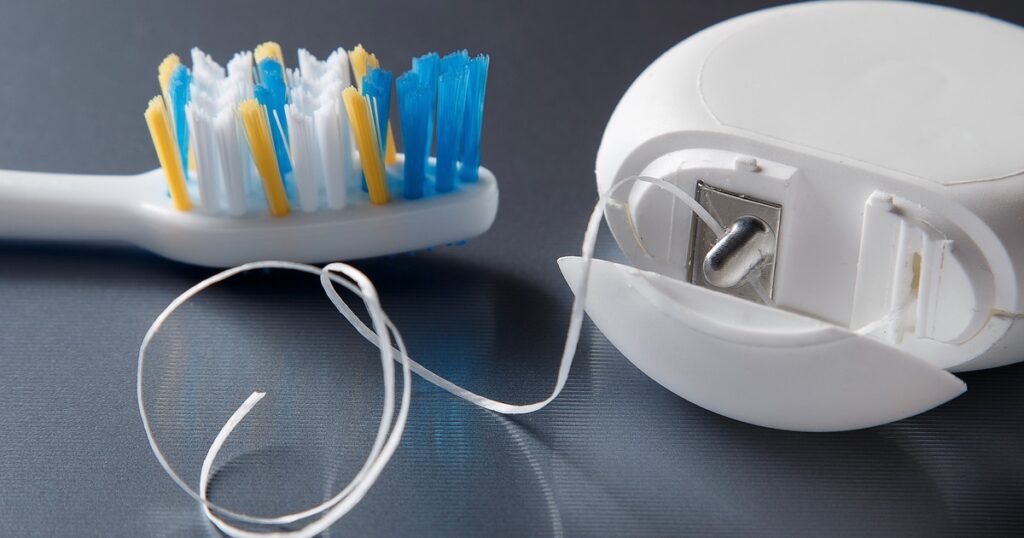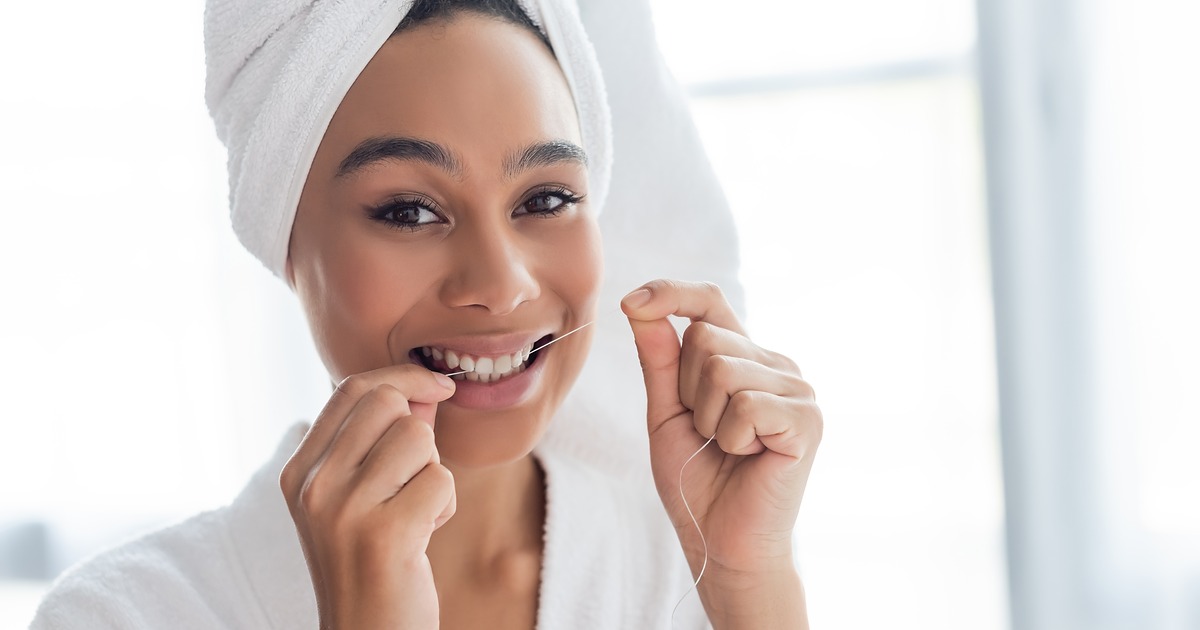Flossing Techniques | Dentist-Approved Guide for Healthier Teeth
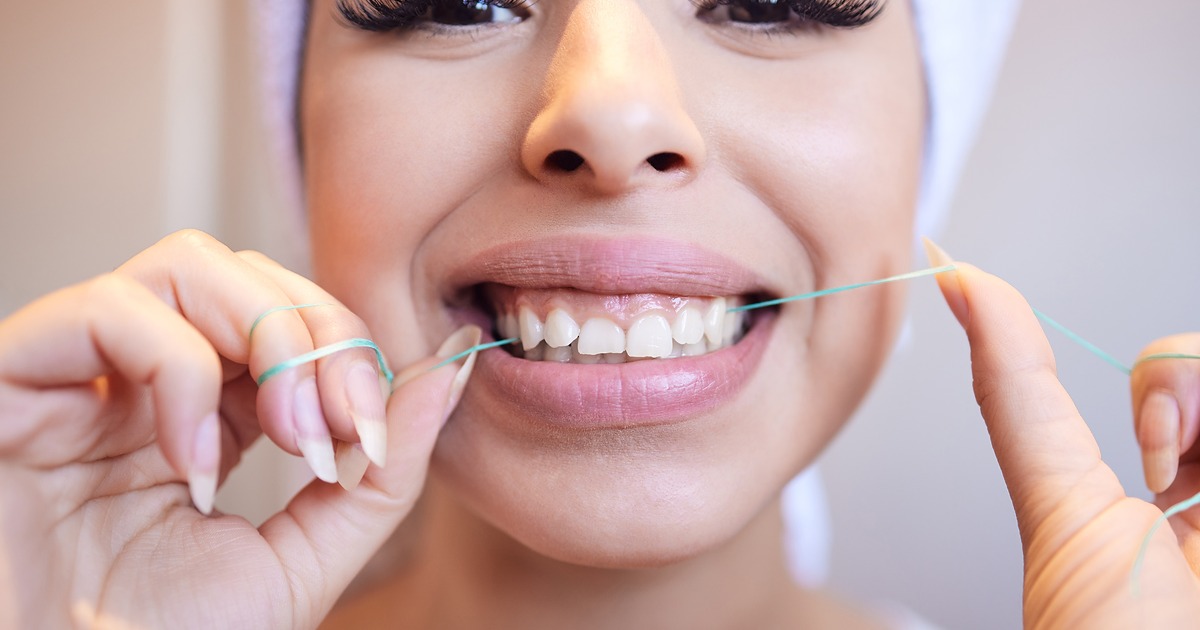
“Flossing Techniques” Flossing is one of those oral hygiene habits that almost everyone knows they should do, but very few do consistently or correctly. Many people think brushing alone is enough, while others floss in a hurry without proper technique. The result? Food particles, plaque, and bacteria remain trapped between teeth, quietly damaging gums and enamel.
The truth is simple: flossing is essential for preventing gum disease, cavities, and bad breath. But knowing how to floss is just as important as flossing itself. Questions like “Should I floss before or after brushing?” or “Can I floss too much?” often confuse people — and mistakes in technique can do more harm than good.
This guide brings together everything you need to know about flossing, drawing from expert-backed insights and our in-depth articles on flossing techniques. By the end, you’ll know:
-
How to floss back teeth and molars without hurting yourself
-
Whether it’s better to floss before or after brushing
-
If you can floss too much and damage your gums
-
How often to floss when dealing with gingivitis
-
The dentist-approved step-by-step method for flawless flossing
Think of this as your ultimate flossing playbook — clear, simple, and designed to help you build a healthier, brighter smile.
1. How to Floss Back Teeth and Molars
When people floss, they usually focus on the front teeth because they’re easier to reach. But the back teeth (molars) are the ones most prone to cavities and gum disease since they have deeper grooves and sit far back in the mouth. Skipping molars during flossing is like washing only half your face — it leaves behind hidden bacteria that can cause serious oral health issues.
Why molars matter so much
-
Food traps easily in their grooves and tight spaces.
-
They’re harder to reach with a toothbrush, so plaque builds up quickly.
-
Untreated plaque on molars often leads to cavities, gum inflammation, and even bad breath.
Step-by-step technique for flossing back teeth
Here’s how to floss molars effectively without pain:
-
Measure your floss
-
Start with about 18 inches of dental floss.
-
Wrap most around your middle finger on one hand, and a small portion around the other middle finger.
-
This allows you to move to a fresh section for each tooth.
-
-
Hold correctly
-
Use your thumbs and index fingers to guide the floss.
-
Keep the floss tight for better control in hard-to-reach areas.
-
-
Insert gently
-
Slide the floss between the molars using a gentle sawing motion.
-
Never force it in — snapping floss can cut your gums.
-
-
Form a C-shape
-
Once the floss is between teeth, curve it around one side of the molar to form a “C.”
-
Slide it up and down slowly, reaching just below the gumline.
-
-
Repeat for the other side
-
Curve the floss around the opposite side of the molar.
-
Clean with the same gentle up-and-down motion.
-
-
Move to fresh floss
-
Roll used floss onto your finger and use a new section for the next tooth.
-
Pro Tips for Molars
-
Use waxed floss if your teeth are tight — it slides in easier.
-
Try floss picks or interdental brushes if you struggle with reaching the back.
-
Use a mirror the first few times to check your technique.
👉 Want a full step-by-step breakdown? Check our detailed post: How to Floss Back Teeth and Molars.
2. Should You Floss Before or After Brushing?
One of the most common questions people ask about flossing is simple but important: what’s the right order — floss before brushing, or after?
The Dentist’s Recommendation
Most dental professionals agree: floss before brushing.
Here’s why:
-
Removes blockages: Flossing first clears away food particles and plaque between teeth.
-
Boosts fluoride coverage: Once gaps are clean, fluoride from toothpaste can reach between teeth more effectively.
-
Better plaque removal: Brushing after flossing sweeps away the loosened debris.
A study published in the Journal of Periodontology even found that flossing before brushing removes significantly more plaque than the other way around.
But What If You Floss After?
Some people prefer flossing after brushing, often because it feels like a finishing touch. While this isn’t harmful, it may not be as effective.
The golden rule: It’s better to floss regularly, regardless of whether it’s before or after brushing, than not at all.
Best Practice Routine
-
Floss gently, cleaning between all teeth (including molars).
-
Brush thoroughly with fluoride toothpaste.
-
Rinse if needed, or use a mouthwash for extra freshness.
👉 For more detailed guidance, see our full article: Should You Floss Before or After Brushing?.
3. Can You Floss Too Much?
Flossing is one of the best habits you can develop — but like anything, it’s possible to overdo it.
What Happens If You Over-Floss?
If you floss aggressively or too often, you can cause:
-
Gum irritation – redness, soreness, or tenderness.
-
Cuts or bleeding from snapping floss into the gums.
-
Gum recession – gums pulling back from the teeth over time.
-
Increased sensitivity – exposing roots makes teeth sensitive to cold or sweet foods.
How Much Flossing Is Too Much?
-
For most people, once a day is ideal.
-
Flossing twice daily may help if food often gets stuck — but it must be done gently.
-
Flossing more than twice a day is usually unnecessary and may damage gum tissue.
Signs You’re Flossing Incorrectly
-
Gums are sore after every session.
-
You see not just slight bleeding (normal at first), but ongoing injury.
-
You snap floss down hard instead of guiding it carefully.
Tips for Safe Flossing
-
Use gentle up-and-down motions, not sawing or snapping.
-
Switch to waxed floss or floss picks if you find flossing tricky.
-
Remember: consistency matters more than force.
👉 For a full explanation, check our article: Can You Floss Too Much?.
4. How Many Times a Day Should You Floss with Gingivitis?
If you’ve been diagnosed with gingivitis — the earliest stage of gum disease — you might wonder if you should floss more often than usual.
Why Flossing Matters for Gingivitis
-
Gingivitis is caused by plaque buildup along the gumline.
-
Flossing removes the bacteria that brushing alone can’t reach.
-
Consistent flossing reduces redness, swelling, and bleeding gums.
How Often Should You Floss?
-
Once a day is essential – this is the foundation of fighting gingivitis.
-
Twice a day may be helpful – especially if you feel food or plaque collects quickly.
-
More than that? Usually unnecessary and may cause irritation.
Important Note on Technique
When you have gingivitis, your gums may already feel tender or bleed easily. That doesn’t mean you should stop flossing — but you must be gentle.
-
Slide the floss carefully between teeth.
-
Hug each tooth in a “C” shape to clean along the gumline.
-
Avoid snapping floss down hard into the gums.
Combine with Professional Care
-
Flossing helps reverse gingivitis in many cases.
-
But regular dental checkups and professional cleaning are still necessary.
-
Pair flossing with brushing twice daily and, if recommended, an antibacterial mouthwash.
👉 Full breakdown here: How Many Times a Day Should You Floss with Gingivitis?.
5. Dentist’s Guide to Flossing Teeth
Flossing may seem simple, but doing it the right way makes all the difference. Dentists often see patients who say they floss, but their technique isn’t effective — or worse, it causes harm.
Here’s a step-by-step dentist-approved guide:
Step 1: Cut the Right Length
-
Use about 18 inches of floss.
-
Wrap most around your middle fingers, leaving 1–2 inches to work with.
Step 2: Position the Floss
-
Hold floss tightly between thumbs and forefingers.
-
Gently slide between teeth using a back-and-forth motion.
Step 3: Hug the Tooth
-
Curve the floss into a “C” shape against one tooth.
-
Slide up and down to clean the side of the tooth and just under the gumline.
Step 4: Repeat for Each Tooth
-
Move to a fresh section of floss for each tooth.
-
Don’t forget the back of the last molars, a common hiding spot for plaque.
Step 5: Be Gentle
-
Avoid snapping floss down onto the gums.
-
If you struggle, try waxed floss, floss picks, or water flossers.
Dentist’s Pro Tips
-
Floss before brushing for best results.
-
Consistency matters more than force — once a day is enough.
-
Bleeding gums? Don’t stop! This often improves with regular flossing.
-
If bleeding continues for weeks, see a dentist to rule out deeper issues.
👉 More details in our post: Dentist’s Guide to Flossing Teeth.
6. How Many Times a Week Should You Floss?
Some people wonder if flossing daily is really necessary. After all, brushing feels like it covers most of the work, right? But here’s what you need to know:
Flossing Frequency – The Facts
-
Every day is the gold standard. Dentists recommend flossing once daily for the best results.
-
Flossing just 2–3 times per week is better than nothing but may not prevent plaque from hardening into tartar.
-
Skipping flossing for several days lets bacteria thrive between teeth, where the toothbrush cannot reach.
Why Not Once a Week?
If you floss only once a week, you’re allowing plaque to build up for six days straight. By the time you remove it, the bacteria may already be irritating your gums or turning into tartar — which can only be removed professionally.
👉 Bottom line: Aim for once daily, but if you’re starting small, increase gradually from a few times per week until it becomes a habit.
Full guide: How Many Times a Week Should You Floss?.
7. Should You Floss After Every Meal?
If you’re committed to perfect oral health, you might ask: should I floss every time I eat?
The Case for Flossing After Meals
-
It can help remove food particles immediately.
-
Keeps your mouth feeling fresher.
-
May be helpful if you have braces, bridges, or tight spaces where food gets stuck often.
The Downsides
-
Flossing too frequently can irritate gums.
-
It’s hard to sustain this routine long-term.
-
Daily flossing (once) is usually enough to prevent gum disease and cavities.
Dentist Recommendation
-
Once a day is sufficient for most people.
-
If something is stuck between your teeth after a meal, flossing right away is fine.
-
For routine care, stick to a consistent daily schedule — either morning or night.
👉 Learn more: Should You Floss After Every Meal?.
8. Can You Floss Without Floss?
What if you’re out of floss but feel like you need to clean between your teeth?
Alternatives to Traditional Floss
-
Floss picks: Handy for quick cleaning on the go.
-
Water flossers (oral irrigators): Use a stream of water to remove plaque and food.
-
Interdental brushes: Small, cone-shaped brushes for cleaning between wider gaps.
-
Soft picks: Flexible rubber-like tools that are gentle on gums.
What Not to Use
Some people try to use toothpicks, hair, or sharp objects — but these can damage gums, chip enamel, or push food deeper.
Dentist’s View
While alternatives like floss picks and water flossers are great, they don’t always replace the effectiveness of traditional string floss. Ideally, use regular floss at least once a day, and keep the alternatives for convenience or travel.
👉 Explore more: Can You Floss Without Floss?.
Final Thoughts on Flossing Techniques
Flossing is one of the simplest yet most powerful habits for keeping your smile healthy. Whether you’re learning the basics of flossing, trying to manage gingivitis, or experimenting with alternatives to string floss, consistency matters most.
-
Once daily flossing is the key recommendation from dentists.
-
Use the right technique (gentle, C-shaped movement).
-
Explore tools like floss picks or water flossers if traditional floss feels difficult.
By following the steps and advice in this complete guide, you’ll protect your teeth, keep your gums healthy, and avoid costly dental problems later on.



